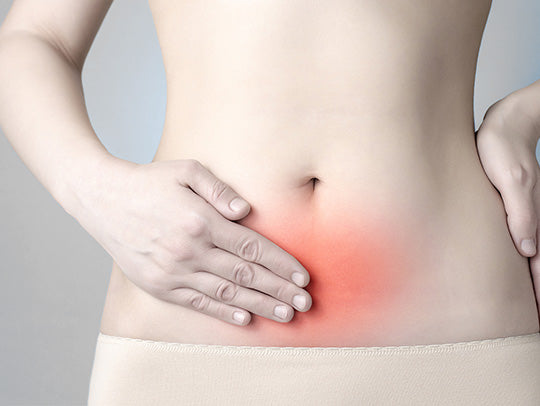
March is Endometriosis Month
Endometriosis
Endometriosis occurs when the cells of the uterine lining grow outside the uterus, usually in other parts of the female reproductive tract. The cause is yet unknown, but we know genetic factors play a role. It is estimated that 1 in 10 women of reproductive age are affected by endometriosis.
Symptoms
Endometriosis can cause a range of symptoms with the main symptom being pain. The level of endometriosis does not always correlate to the level of pain experienced. The pain can be in the abdomen and the back, and occasionally travels down to the thigh. Women can experience pain around ovulation, with their periods and with intercourse. Periods can be heavy or longer than average, and women may have bleeding in between periods. Women also can have changes to their bowel or bladder function. There are many other symptoms including infertility, nausea, fatigue, and mood changes.
Investigation
Your GP is a good place to start if you think you have endometriosis. They will likely do some tests to rule out other causes of your symptoms. An abdominal and/or pelvic USS can be helpful to look for signs of endometriosis.
Endometriosis can be difficult to diagnose, and you may need to see a Gynaecologist for further investigations such as MRI or performing a laparoscopy (keyhole surgery).
Management
Options for management include diet and lifestyle changes, use of anti-inflammatory and pain medications as well as hormonal contraceptives. A gynaecologist may remove endometriosis patches or cysts if needed.

